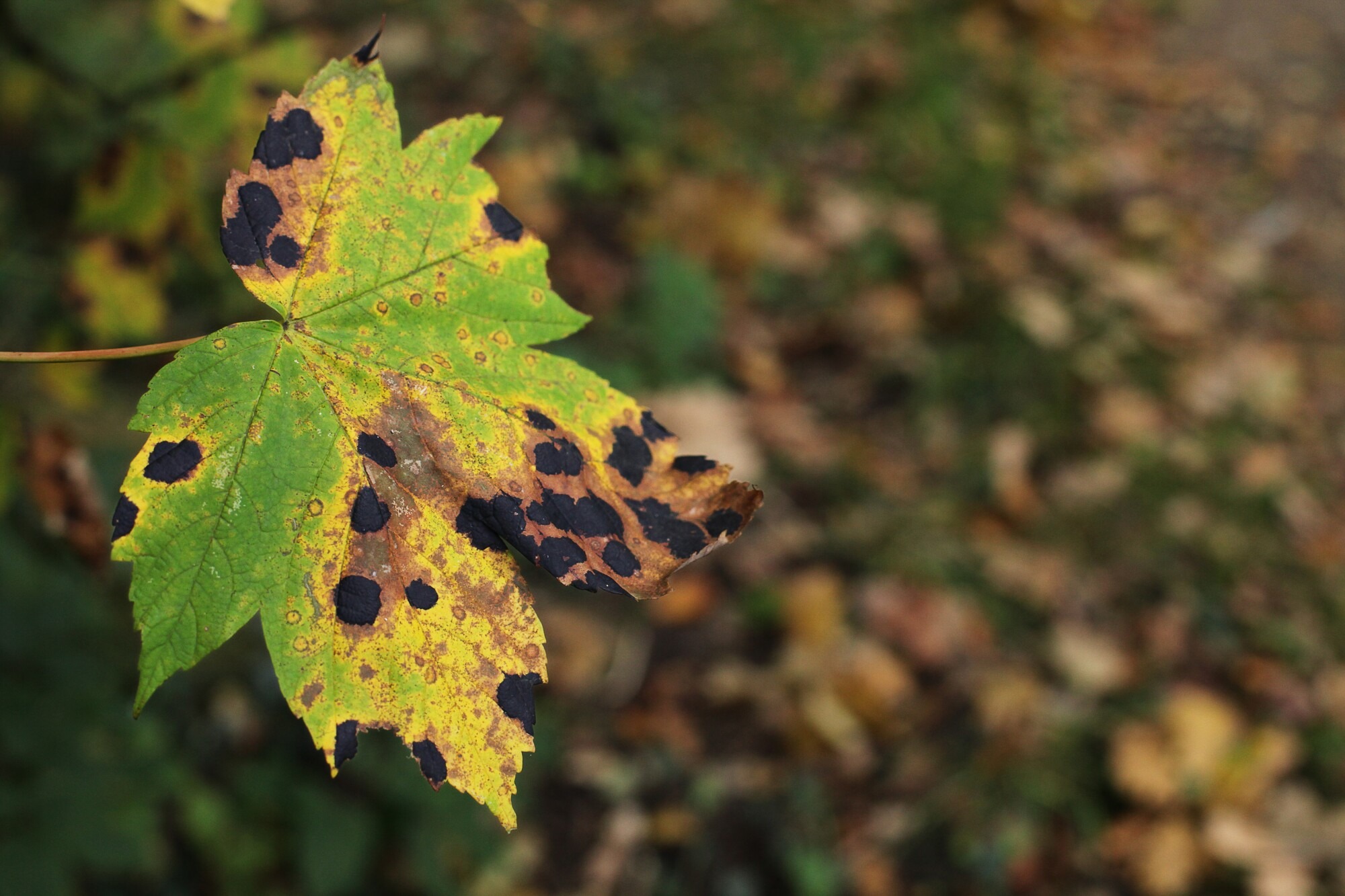What Is the Threat
Phytophthora is the name used to refer to a group of disease-causing oomycetes that can invade trees in southern Maryland. In all, there are 59 different species of Phytophthora, and many of them can lead to root rot. One of them, Phytophthora ramorum, can cause Sudden Oak Death.
While almost all plants are technically susceptible to this condition, it tends to primarily affect trees and shrubs that belong to the Ericaceous family. This includes Azaleas, Rhododendrons, and Strawberry Trees, among others. Other susceptible tree species include oak, cherry, ash, dogwood, pine, spruce, pear, and hemlock.
If these trees are overwatered or are allowed to sit in standing water for an extended period of time, then their roots can become saturated, which activates the disease.
Where Is the Threat
Instances of Phytophthora have been noted all across the United States. However, it is most common in regions that have heavy amounts of clay soil, which includes many parts of Maryland.
In fact, the entire eastern part of the country has an elevated population of resident Phytophthora oomycetes. For this reason, the disease tends to be more prevalent in those states than others.
Symptoms of Phytophthora
Phytophthora first attacks a tree’s thin feeder roots. From there, it travels upward and enters the larger root system.
Above ground, this can cause the tree’s leaves to lose color. This is a condition known as chlorosis, which is triggered by insufficient chlorophyll production. The leaves may also appear to be stressed by drought, turning light green, yellow, or even reddish-purple in time.
You may also notice that the leaves appear to be wilted or smaller in size, or that new leaves and shoots are growing at a slower pace than usual. In addition, the top of the tree, known as its crown, might look thinner, and branch dieback can also occur.
If Phytophthora is left untreated, it can enter the trunk of a tree and girdle its base. If this happens, the trunk can die from the base upward. Dead sections of bark called cankers will begin to develop in places where this is occurring.
The cankers will appear to be oozing or bleeding, and the adjacent, infected bark will be soggy and discolored, with an offputting odor. Once a tree reaches this stage of infection, other issues can occur. For instance, it can become more vulnerable to a beetle infestation, or could fall victim to a different type of pathogenic infection.
What to Do About the Problem
We’re proud to offer professional tree treatment services to residents in and around Charles, Calvert, St. Mary’s, and Anne Arundel County. If you suspect that your tree is infected with Phytophthora, then call our team as soon as possible. There are several different treatments that can prohibit the growth of new oomycetes and stop existing ones in their tracks.
These solutions can be injected into the tree, sprayed onto the bark, or drenched into the soil. Note that if the disease has already reached the base of the tree trunk, then long-term annual treatment may be necessary. It’s best to apply treatment in the fall or spring, when the soil is moist and humidity levels are elevated.
NEED HELP?
If you live in Southern Maryland, or Northern Virginia
FIND YOUR SOLUTION HERE
People, Pet & Pollinator Safe! Pest control for people who care.
